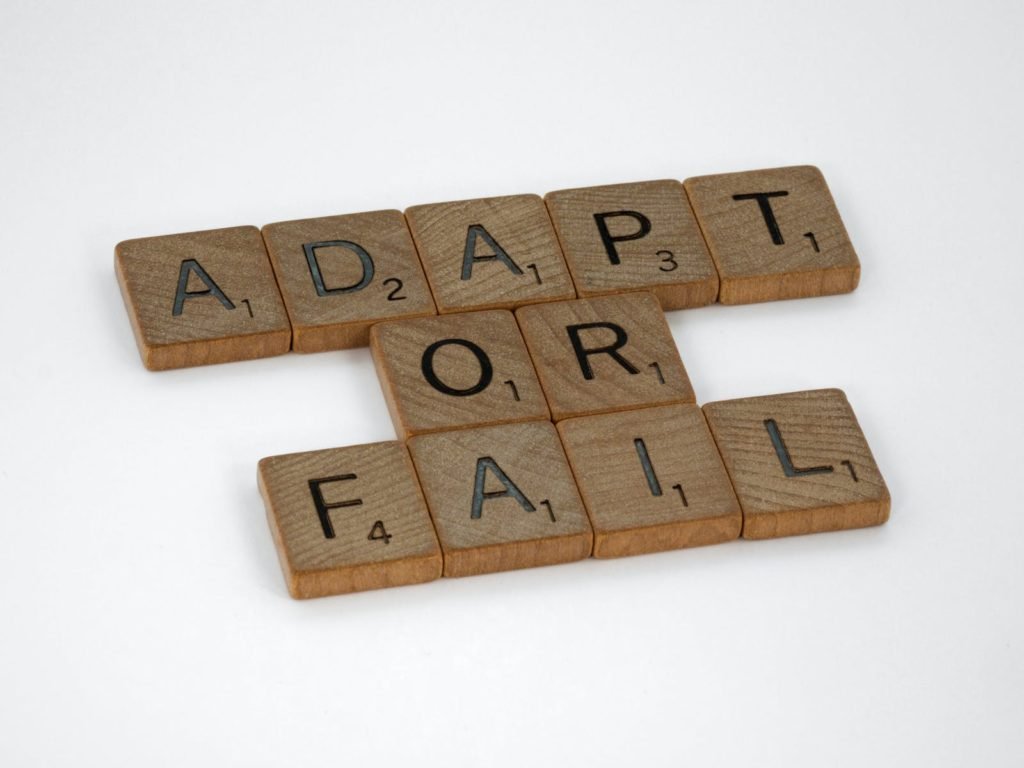Improvement methodologies are like maps guiding explorers through the uncharted territories of quality control and process enhancement. This narrative aims to unravel the complexities of these methodologies, transforming them into tales that anyone can grasp.
Lean Thinking – Trimming the Excess
Lean thinking is a concept akin to tidying up a cluttered room. Picture removing unnecessary items, creating a streamlined and efficient space. In quality control, lean thinking trims excess waste from processes, enhancing efficiency and value.
Much like tidying up to find a lost item, lean thinking helps organizations uncover hidden inefficiencies. It’s a philosophy that values simplicity, ensuring that each step in a process adds value. Lean methodologies are a compass, guiding organizations towards a more efficient and effective destination.
Six Sigma – The Pursuit of Perfection
Six Sigma is like a craftsman honing a blade to perfection. Imagine reducing variations in a process, achieving a level of consistency comparable to a masterful stroke. In quality control, Six Sigma seeks to minimize defects and variations, aiming for near-perfect performance.
Just as a craftsman meticulously refines their work, Six Sigma employs statistical methods to improve processes. It’s a relentless pursuit of perfection, where organizations strive to deliver consistent, high-quality outcomes. Six Sigma methodologies provide the tools to fine-tune processes to a level of precision.
Agile Methodology – Embracing Adaptability

Agile methodology is like a dance, where partners gracefully adapt to the music. Envision a team seamlessly adjusting to changing rhythms, much like adapting to evolving project requirements. In quality control, agile methodology promotes flexibility and responsiveness to customer needs.
Much like a dancer’s ability to pivot and twirl, agile teams can quickly respond to shifting priorities. This methodology embraces change as a natural part of the process, fostering collaboration and adaptability. Agile is the rhythm that keeps organizations in sync with the ever-changing dynamics of their environment.
Design Thinking – Crafting Solutions with Empathy
Design thinking is akin to an artist creating a masterpiece. Picture crafting solutions with a deep understanding of end-users needs, much like an artist considering the audience’s emotions. In quality control, design thinking emphasizes empathy and user-centric solutions.
Like an artist bringing a vision to life, design thinking involves iterative processes to refine and perfect solutions. It encourages collaboration and creativity, ensuring that the end product resonates with users. Design thinking methodologies are the brushes that paint a vivid picture of solutions that truly meet the needs of those they serve.
Total Quality Management (TQM) – Orchestrating Excellence
Total Quality Management (TQM) is like a conductor guiding an orchestra toward excellence. Envision coordinating the efforts of every musician to produce a harmonious performance, much like coordinating processes for a seamless operation. In quality control, TQM emphasizes a holistic approach to quality.
Like a conductor shaping a symphony, TQM involves everyone in the organization in the pursuit of quality. It’s a philosophy that extends beyond specific methodologies, emphasizing a culture of continuous improvement and customer satisfaction. TQM is the orchestration that ensures every element in the organization contributes to the overall harmony of excellence.
The Journey Continues – Integrating Methodologies
Just as explorers combine different tools for various terrains, organizations often integrate improvement methodologies. Picture a traveler using a compass, map, and walking stick – each serving a unique purpose. This integration allows organizations to harness the strengths of multiple methodologies for a comprehensive approach.
Integrating methodologies is like assembling a toolkit with the right instruments for the job. It involves choosing the most suitable elements from lean thinking, Six Sigma, agile, design thinking, and TQM to address specific challenges. This versatile approach ensures organizations are well-equipped to navigate the diverse landscapes of quality control and process improvement.
Conclusion: The Mosaic of Improvement
Improvement methodologies are like pieces of a mosaic, each contributing to the grand picture of organizational excellence. From lean thinking to TQM, these methodologies offer diverse tools for enhancing quality and efficiency. As organizations embark on their improvement journeys, the key lies in selecting the right pieces to create a mosaic that reflects their unique needs and goals.